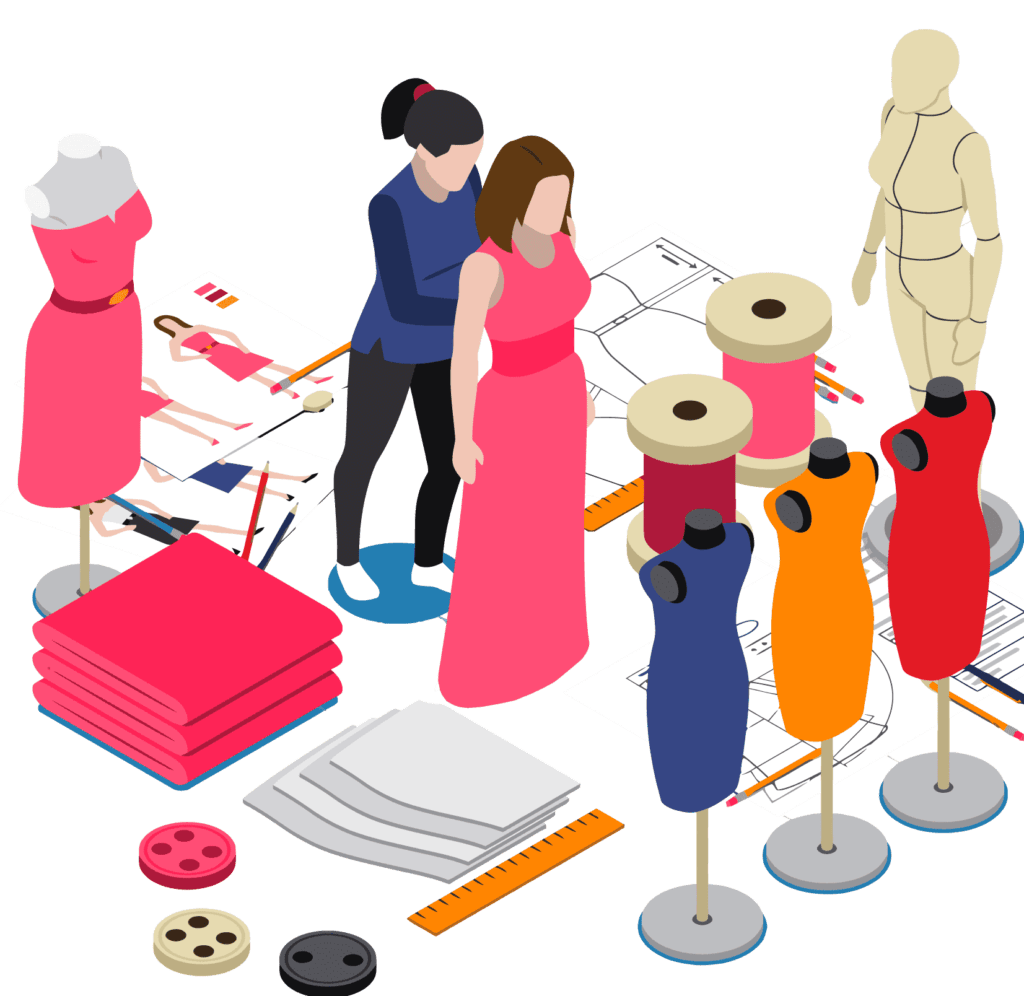Locate the Best Tailor Perth: Premium Tailoring for Distinct Style
Wiki Article
Comprehending the Tailoring Refine: From Fabric Selection to Last Fitting for the Suitable Closet
The customizing process is an intricate interaction of art and science, beginning with the crucial choice of textile choice and culminating in the accurate changes of last fittings. Each fabric kind brings distinct high qualities that influence not just the visual appeal but likewise the garment's longevity and viability for numerous events. Comprehending the subtleties of tailoring strategies can elevate one's wardrobe to extraordinary levels of elegance. As we explore these components even more, one must take into consideration exactly how even the smallest details can substantially affect the general end result of one's individual style.Value of Material Choice
Picking the right material is important in the tailoring procedure, as it straight affects the convenience, durability, and overall aesthetic of the last garment (tailor perth). The choice of textile establishes the foundation for the garment's performance, functionality, and style. Various textiles possess special residential or commercial properties, such as stretch, weight, and breathability, which can significantly influence exactly how the garment drapes and fits the bodyAdditionally, material option influences the garment's longevity and ease of care. Top notch textiles can withstand deterioration, keeping their look and structure gradually, while lower-quality materials may cause pilling or fading. Additionally, the best fabric adds to the garment's ability to shift throughout seasons and events, therefore boosting adaptability.
A tailored piece made from an appropriate material not just showcases craftsmanship however also raises the wearer's confidence. Recognizing the subtleties of fabric choice is vital for any kind of customizing venture. It guarantees that the last item not only fulfills the visual desires of the client yet additionally lines up with practical needs, consequently accomplishing an unified balance in between type and feature in the tailored closet.
Sorts Of Fabrics and Their Usages
Comprehending the different types of materials offered is important for making notified decisions throughout the customizing procedure. Each textile has one-of-a-kind qualities that determine its suitability for particular garments and events.Cotton, understood for its breathability and soft qualities, is perfect for sportswear and summer apparel. Its versatility enables it to be customized right into whatever from t shirts to outfits. Wool, on the other hand, is favored for its heat and structure, making it an outstanding option for official suits and outerwear - tailor perth. Its all-natural flexibility aids garments keep shape over time.
Silk exudes high-end and is lightweight, making it best for eveningwear and fragile shirts; nevertheless, it requires careful handling because of its delicacy. Bed linen, with its textured surface, is a prominent choice for cozy climates, giving a crisp and ventilated feel, but it wrinkles quickly, which might affect the garment's look.
Artificial materials, such as polyester and nylon, deal durability and resistance to wrinkles, making them suitable for everyday wear and active clothing. Recognizing these textile kinds and their residential properties enables better decision-making, making sure that each customized piece not only fits well yet also aligns with the intended objective and celebration.
The Tailoring Methods Clarified
The art of tailoring relies upon a selection of techniques that change textile into well-fitted garments. Central to this process is pattern composing, where a dressmaker develops themes based upon the client's dimensions and preferred style. This first step guarantees that the garment will certainly fit the user properly prior to any cutting happens.Once patterns are established, reducing strategies come into play. Accuracy is critical as errors can bring about misfitting garments. Tailors commonly utilize different reducing techniques, such as single-layer cutting for complex styles and multiple-layer reducing for efficiency on standard patterns.
Basting is another essential strategy, enabling dressmakers to momentarily sew textile assemble for an initial fitting. This method supplies the chance to analyze the drape and general shape before last sewing.
Seaming strategies, including french joints and flat-felled seams, improve the garment's toughness and aesthetic appeal. Tailors also use techniques such as interfacing and extra padding to supply structure visite site and form to particular areas, like shoulders and collars.
Finally, finishing methods, consisting of hemming and edge finishing, guarantee the garment's longevity while supplying a polished look. With each other, these techniques form the foundation of effective tailoring, causing charming, tailor-made clothing.
Suitable Modifications and Factors To Consider

Trick considerations include the shoulder fit, which ought to neither sag neither restrict motion, and the sleeve size, which must allow for comfortable arm activity while keeping a sleek appearance. Additionally, modifications at the midsection can improve the shape, with choices to allow out or take in fabric as needed.
The increase of pants is one more essential variable; it needs to rest easily over the hips without triggering pain, enabling for ease of activity. Hemming sizes for both trousers and skirts must mirror the wearer's favored design while appreciating percentages.

Maintaining Your Tailored Garments
Proper upkeep of tailored garments is vital to maintaining their fit and appearance in time. To ensure long life, normal cleansing is extremely important. Constantly comply with the care tag directions, which may advise dry cleaning for delicate textiles or web device cleaning for more sturdy products. Avoid constant laundering, as this can use down the textile and modify the garment's shape.Storage space is similarly crucial; use padded wall mounts for coats and layers to keep shoulder structure, and store trousers folded neatly or hung to avoid creasing. Protect garments from straight sunshine, which can fade colors and damages fibers.
Additionally, regular assessments for minor repairs can prevent bigger problems. Check for loosened visit homepage buttons, fraying joints, or signs of moth damage, dealing with these problems promptly to maintain the garment's integrity.
Lastly, think about seasonal rotation. Wearing tailored pieces in small amounts enables materials to recover, expanding their lifespan. By implementing these maintenance methods, you can make sure that your tailored garments continue to be as immaculate as the day you initially wore them, enhancing your ideal closet for several years to come.
Verdict
The tailoring procedure, including fabric selection, proficient strategies, and specific fitting modifications, plays an important duty in creating garments that improve both comfort and design. Each stage contributes to the overall effectiveness of the last product, guaranteeing that clothes not just fits well yet additionally shows specific identification. Understanding the relevance of maintenance extends the life of customized garments, strengthening their worth in a well-curated wardrobe. An extensive technique to customizing culminates in a certain and refined appearance.Picking the best material is vital in the tailoring procedure, as it straight affects the comfort, sturdiness, and overall aesthetic of the last garment. The selection of fabric sets the structure for the garment's style, performance, and performance. Different materials possess unique properties, such as stretch, weight, and breathability, which can considerably influence how the garment drapes and fits the body.
The art of tailoring counts on a selection of methods that change material right into well-fitted garments.The tailoring process, incorporating fabric option, knowledgeable techniques, and exact suitable adjustments, plays an important role in developing garments that improve both convenience and design.
Report this wiki page